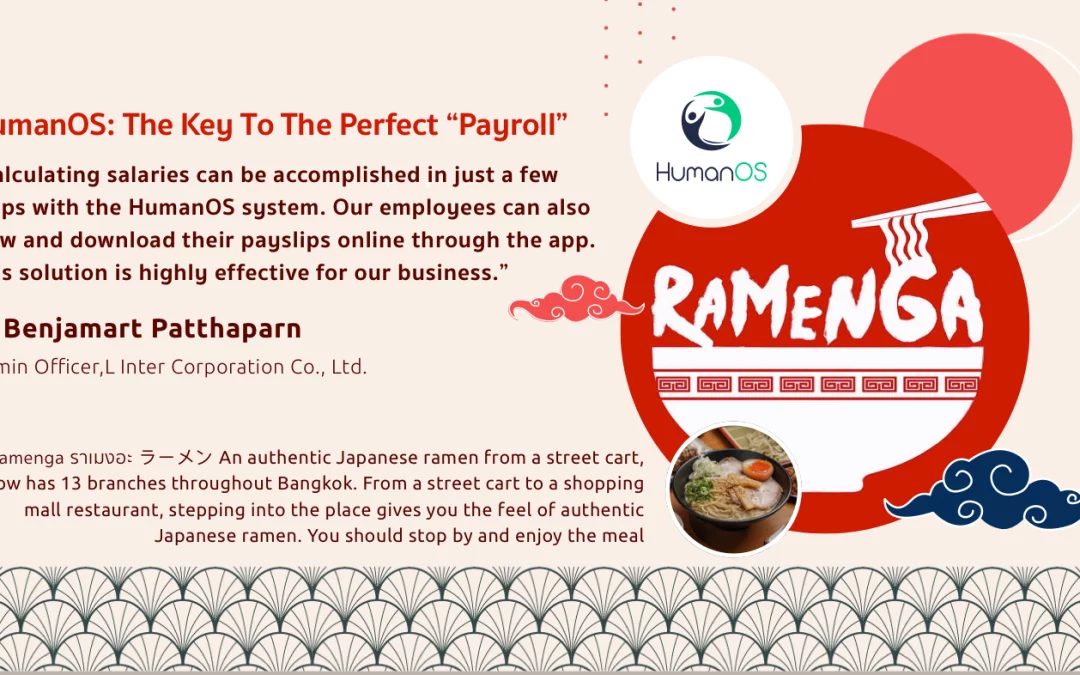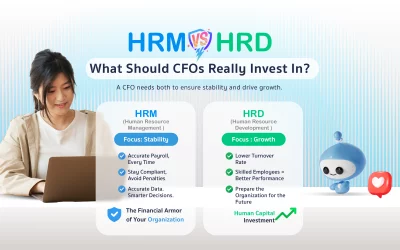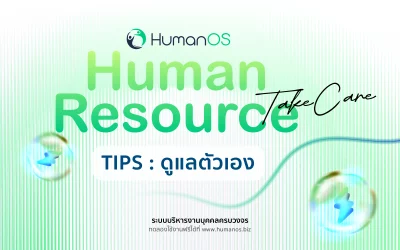Performance reviews, budget closing, bonus preparation — year-end can feel overwhelming.
But within the chaos lies a powerful opportunity for HR to cultivate a culture of appreciation and boost team morale before entering the new year.
This guide covers the psychology behind appreciation, its business impact, practical activities, ready-to-use message templates, and simple metrics — helping HR turn “thank you” into a strategic and sustainable practice.
Why Appreciation and Encouragement Matter
1. Boosts Engagement & Retention
Research consistently shows that recognition increases job satisfaction and reduces turnover. Employees who feel valued are more likely to stay and perform at a higher level.
2. Improves Performance
Clear, timely praise reinforces positive behaviors — ultimately driving better business outcomes.
3. Reduces Year-End Stress
December is a high-pressure period. Encouragement helps employees manage stress and refocus, making them more productive.

Strategic Goals for Your Appreciation Campaign
- Increase the percentage of employees who feel recognized by their manager by ≥ 20% (based on next quarter’s pulse survey).
- Reduce Q1 turnover by at least 10% compared with last year.
- Create a recognition playbook managers at all levels can easily follow.
Practical Activities for November (and How to Implement Them)
1. Personal Thank-You Cards
How to do it:
Ask managers to highlight 1–2 specific behaviors or achievements (avoid generic “thanks for your effort”).
Example message:
“Thank you for managing Project X with such attention to detail. Your work earned client praise and helped reduce the team’s working hours by 15%.”
Budget:
Printed cards or e-cards — low cost, high impact.
2. “Thank You Day”
Format:
A half-day session to share success stories, celebrate wins, and allow peer-to-peer appreciation.
Steps:
Announce the event → Ask employees to prepare one proud achievement → 2–3 minute sharing session → HR/leadership closing remarks.
3. Simple Peer-to-Peer Recognition System
Use Slack/Teams/Google Forms to let employees send appreciation messages with tags (e.g., Collaboration, Innovation, Customer Service).
Select standout comments weekly and give small rewards (voucher, half-day leave).
4. Mini-Workshop: “How to Give Effective Praise”
Teach managers the SBI method: Situation — Behavior — Impact.
Duration: 60–90 minutes, including short role-plays.
5. Surprise Thank-You Moments
Examples:
- Send snacks + a handwritten note to employees doing frequent OT.
- Add “Employee Shoutouts” in the company-wide email.

Ready-to-Use Thank-You Templates
To employee:
“Hi [Name], thank you for taking care of the client during Project X last week. Your clear communication helped the team finish on time — and the client was genuinely impressed.”
To managers:
“Take 5 minutes in your next team meeting to highlight someone’s contribution today — short, sincere, and specific.”
How to Measure Success
- Pulse Survey Score:
Ask one simple question before and after the campaign:
“In the past month, I felt recognized at work.” (1–5 scale) - Number of recognition messages (peer & manager) per week.
- Turnover rate & leave usage (Jan–Mar) compared with last year.
Common Pitfalls to Avoid
- Vague praise:
“Good job” doesn’t guide future behavior — be specific. - One-off appreciation:
If it happens only once, it feels forced. Plan at least a 3-month cycle. - Favoritism:
Avoid recognizing only certain groups; use peer recognition to increase fairness.

HR Pro Tip: Authenticity Beats Perfection
Powerful appreciation doesn’t need to be grand.
Start with simple, clear, heartfelt words — and do it consistently.
HR that nurtures this culture will see real improvements in employee happiness and overall performance.
DATA :
- Harvard Business Review. The Power of Appreciation in the Workplace. (2021)
- Deloitte Insights. Global Human Capital Trends. (2023)
- SHRM (Society for Human Resource Management). Employee Recognition and Its Impact. (2022)





